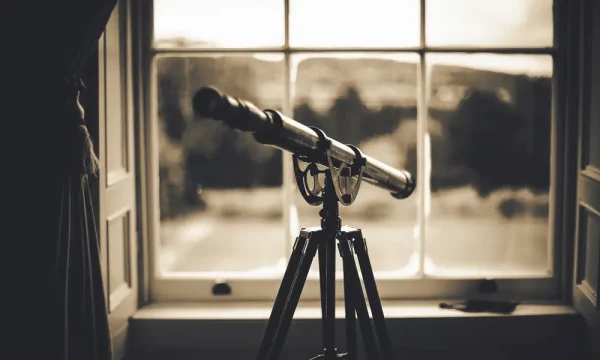
Telescope Storage: What to Do to Keep It Safe & What to Avoid
Last Updated: January 10, 2023
Telescopes give you the opportunity to study the sky and its elements closely, allowing you to observe the wonders of this galaxy. The night sky is filled with interesting stars that form constellations. By using a professional telescope, you can analyze the planets and other phenomena that you can not see with your bare eyes.
However, owning a telescope involves careful maintenance. You must ensure that the storage conditions are optimal so that you can enjoy watching the night sky whenever you want. Various factors can cause damage to your telescope, and only you can prevent that from happening.
The longevity of your telescope depends on its storage conditions. Some people make recurring mistakes that affect the way their telescope works. If you purchased a telescope and did not know how to maintain it properly, the following tips might be helpful to you.
Can you leave your telescope outside?
Suppose you are only a beginner in astronomy. In that case, you might wonder whether it is safe to leave your new telescope outside. There are multiple factors that can damage the functionality of the telescope if you leave it outside.
For example, morning dew or fog can damage the lenses by leaving permanent spots. Furthermore, dust might accumulate in the mirrors, and wiping them can leave scratches. Fluctuating temperatures such as extreme heat or cold weather will damage the optics glue, the fixings and the mirrors.
Also, some bugs might build nests in your telescope, which could be unpleasant when you try to use it.
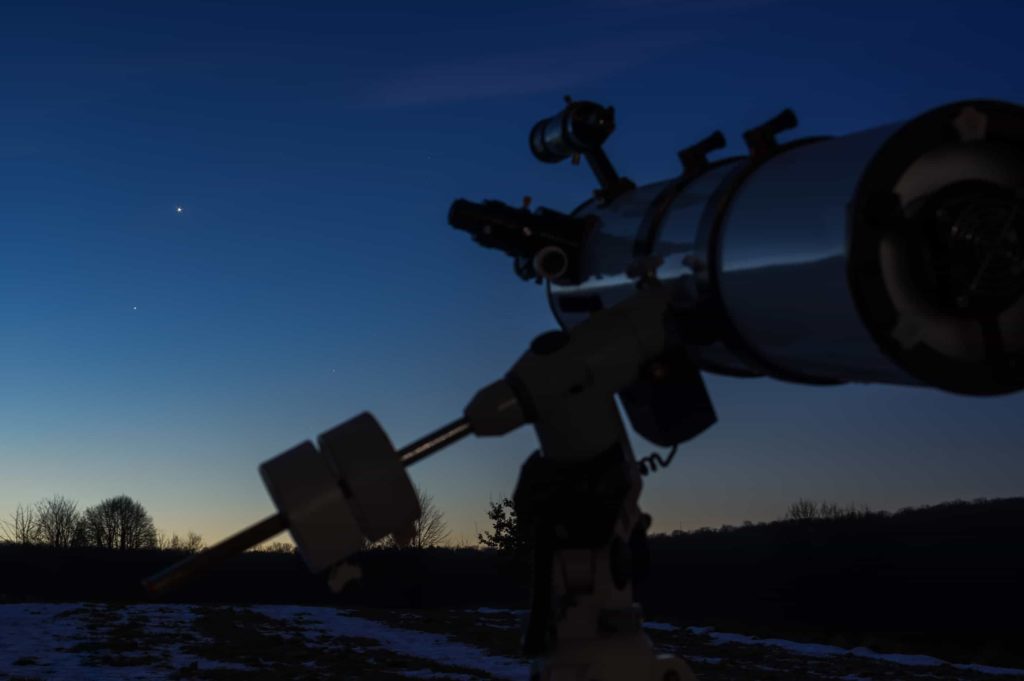
How does the weather affect your telescope?
Telescopes can handle normal temperatures. On the other hand, extreme hot or cold weather will damage the telescope. For example, extremely hot weather will weaken the glue used for the optical instruments. You can experience optical aberrations due to the misalignment of the lenses. The frames and the mirror might expand, affecting the quality of the optics.
Extreme cold weather harms the telescope’s functionality. Rain and snow can lead to rust forming on some metallic parts of the telescope. When ice forms, it can leave permanent spots if you do not dry it properly.
New to telescopes? Read this: How to properly focus your telescope
Where is the best place to store your telescope?
After establishing that the outdoors are not the ideal place to store your telescope, you might wonder what you can do to maintain it in pristine condition. Depending on where you live, there are several factors that make a space perfect for storage.
1. Avoid humid places
High levels of humidity or moisture cause condensation to form in the lenses. If you do not dry them properly, your telescope might gain permanent spots on the lenses. Humid spaces can encourage rust or mold to form in the metallic parts, permanently damaging the telescope. Although keeping your telescope in a room with low humidity is enough, some people prefer to go the extra mile and set up a dehumidifier.
2. Ensure easy access
Professional telescopes tend to be more prominent in size and have many components that need careful care. Having an easily accessible room can make all the difference when you must carry your telescope in and out of the house. Telescopes are sensitive devices that can be easily damaged if dropped frequently. It is a best practice only to carry your telescope up and down the stairs with proper protection.
3. Direct sunlight can harm your telescope
Leaving your telescope right by the window might give a pleasing aesthetic, but it will also inflict damage. Increased heat will weaken the mirror’s glue, messing with its alignment. Consequently, the time you spend waiting for the telescope to acclimate to ambient temperature will significantly increase. If you want to maintain the telescope properly, avoid direct exposure to sunlight.
4. Avoid exposure to smoke
The smoke buildup will negatively affect your telescope. Regardless of the source, whether it is cigarette smoke, vehicle fumes, or grills, smoke deposits can mess up the colors displayed by the telescope.
5. Use dust caps
If your telescope accumulates dust frequently, the lenses might suffer permanent scratches due to the cleaning process. To avoid such situations, it is good practice to purchase dust caps. Covering the lenses with dust caps will prevent damage, allowing you to use your telescope effectively.
6. Consider room temperature & ventilation
As mentioned above, you should avoid exposing the telescope to extreme temperatures. Storing the telescope at room temperature will reduce the acclimation time so you can better enjoy your viewing sessions.
To ensure that your telescope is stored correctly, you should choose a room with good ventilation. Doing this will maintain the room’s temperature at an optimal value. Additionally, it will avoid humidity and heat buildup.
New to telescopes? Read this: How to calculate your telescope field of view
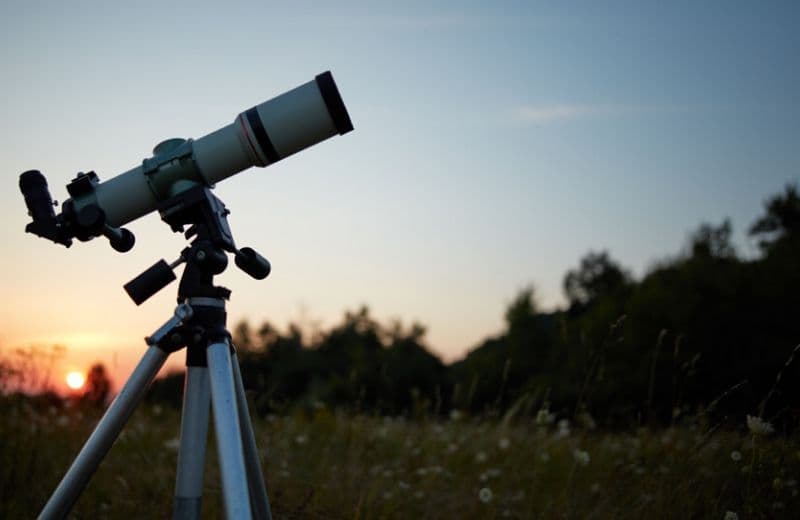
Advantages & disadvantages of dissasembling the telescope
Assembling and disassembling a telescope might be tiresome, especially if you use it frequently. Leaving it assembled can be a tempting decision, but it can lead to permanent damage to your telescope. Depending on the storage options you have, you might not need to disassemble your telescope as long as you put the dust caps on and a telescope cover. You can invest in a water-resistant, thermally stable telescope cover to protect the telescope from any potential water damage or dust build-up.
If you have children or if you live in an apartment, you might need to purchase a sturdy case for the telescope to avoid breaking it. A hard case will allow you to bring your telescope with you during camping trips with the family so that you can enjoy stargazing in a clearer sky. Although disassembling the telescope is a tedious process, it is worthwhile when you want to maintain its quality and functionality.
As outdoor temperature differs from the storage room, you should always let your telescope dry before using it. Wiping it is not necessary, as the process can harm the lenses, leaving scratches or permanent stains.
Tips on transportation
If you choose to leave your telescope assembled, you must ensure that you can carry it to its storage room without harming it. As long as the telescope is smaller in size, such as a refractor, carrying it should not be an issue. On the other hand, some professional telescopes tend to be heavy. Consequently, moving it might be more challenging.
In such cases, you should grab the top of the tripod with one hand and put the other one across the base of the larger side of the tube. Carrying the telescope this way will help you support its weight. You should lift with your legs and tilt the weight towards you. In case the telescope is too heavy for you to move, you should disassemble it to ensure its safety.

Written by Hrenciuc Daniel
Hello, my name is Daniel and I am a space enthusiast. I love everything related to space and SCFI, and although I like both Star Wars and Star Trek, I believe we will find something entirely different out there. I am an astronomy writer with a passion for both history and mythology. Each star has its tale. Let me tell you their story!
Wow! There's more to read 🚀
This page is part of our collection of telescope guides. If you enjoyed the read, then you’ll love the following articles.

There are many reasons why your telescope may produce a blurry image, but don’t worry – every problem has a solution!
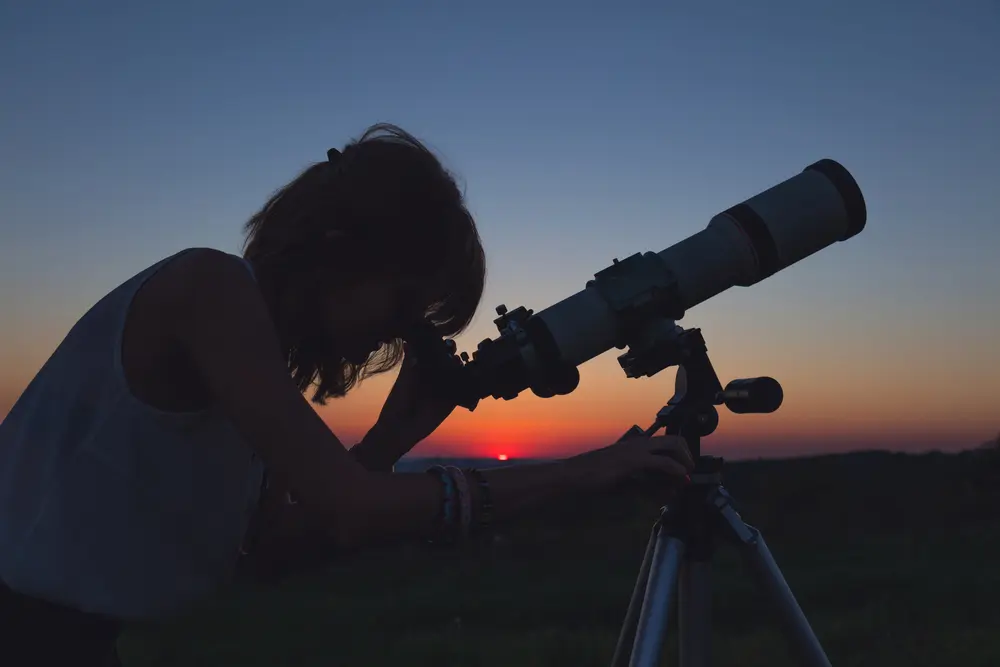
If this is your first time using a telescope, you may be wondering how to point it at the various space objects across the night sky.
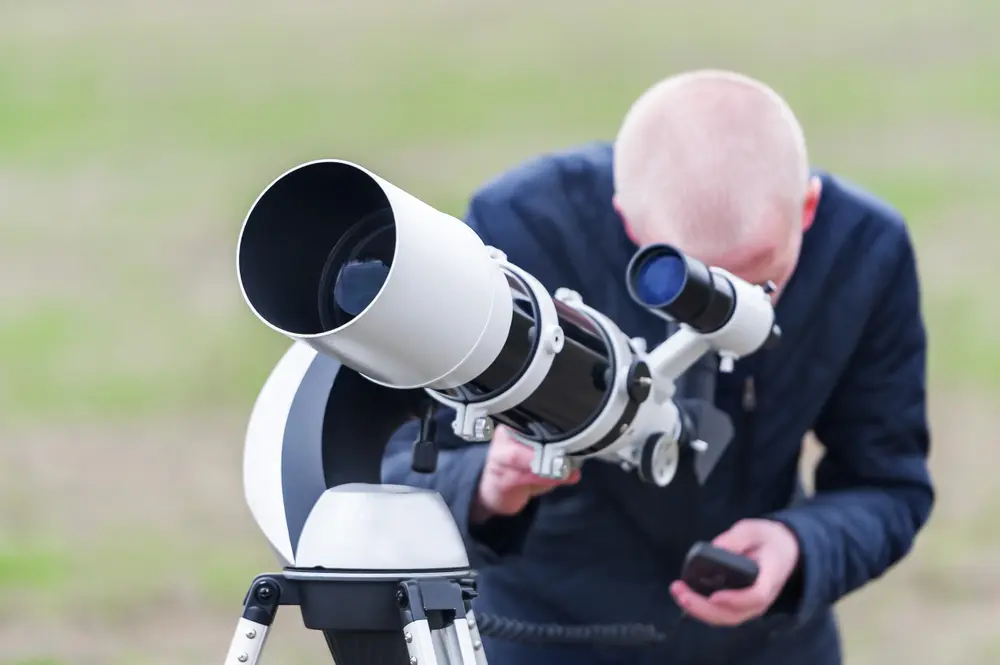
I’ll walk you through everything you need to know about setting up your telescope, from choosing the right location to aligning your optics.
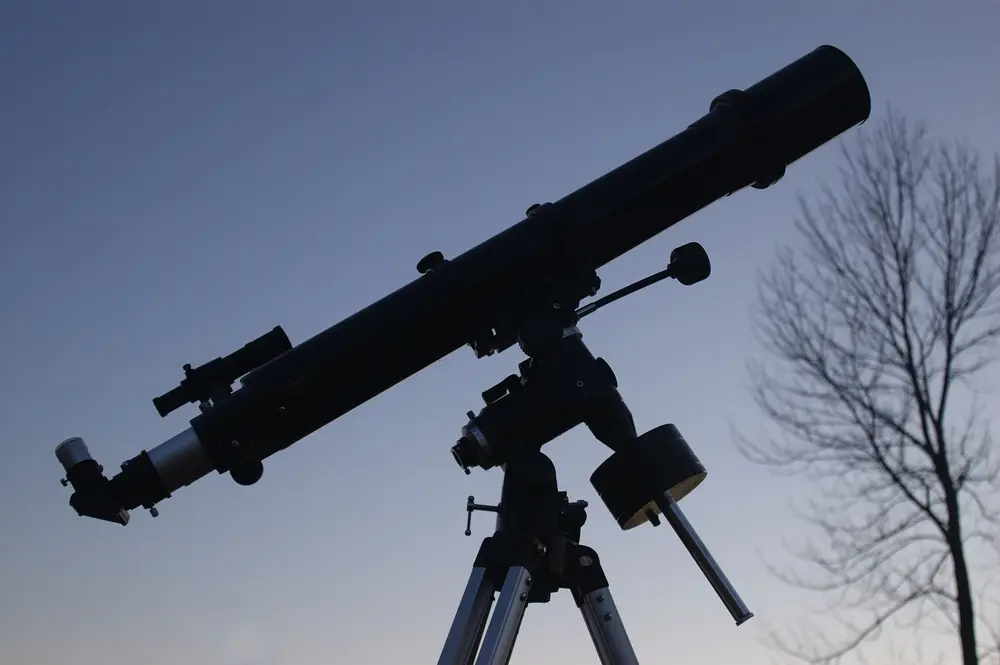
The telescope mount is what supports the telescope tube and allows you to aim it at different objects in the sky.
